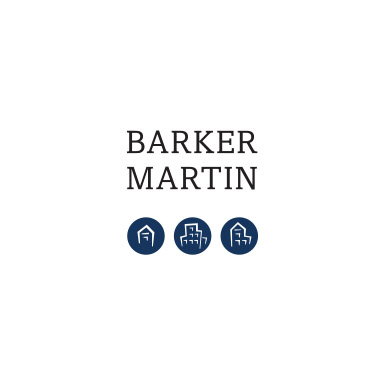Condo-HOA Blog
Don't Sweat the Small Stuff
You may have read the popular self-help book Don’t Sweat the Small Stuff… and It’s All Small Stuff: Simple Ways to Keep the Little Things from Taking Over Your Life by Richard Carlson, PhD. The book encourages readers to limit the amount of stress, anxiety and mental energy that they spend dealing with things that they have little or no control over as well as well as issues that have little or no actual consequence.
Now… think about your community associations. Are they spending too much time and mental energy focused on issues that they have little or no control over? Do they spend hours of time and expend incredible emotional energy on issues of little or no consequence? Are they spending too much time dealing with a couple of difficult owners rather than focusing on the community as a whole? Boards that are frustrated, beaten down, tired and contentious often spend a great deal of time and energy “sweating the small stuff.”
So… How do Associations break out of the cycle? One method is to employ the simple but effective problem solving approach taught in many Community Association Institute (CAI) courses:
Step 1: Define the issue or identify the scope of the problem.
As part of step one, you may realize that the issue is very limited in scope. You might also find that it’s not actually a problem at all. It may just be – “small stuff.”
Step 2: Who has the authority and obligation to address the problem?
Not every issue or problem is an Association’s concern. Associations do not exist to solve all owner problems. Before a board devotes time and energy to an issue they need to determine whether the issue is theirs to consider.
Step 3: Consider different approaches to solving the problem, evaluate available resources, formulate a plan, and implement it.
Associations often bog down in Step 3. In our experience, problems often stem from hesitancy in making decisions. If study items remain on the list month after month or year after year then a plan never gets adopted or implemented. At some point, a decision must be made.
Step 4: Communicate the plan to the owners.
After making a decision, boards need to always ask: Who needs to know this and how do we communicate the information to them?
Step 5: Monitor and evaluate the plan.
Take note: Boards should NOT bog themselves down with implementing every detail as a board. That would be “sweating the small stuff.” Instead, after adopting a plan, boards should monitor those charged with the responsibility of carrying it out. And if the plan needs to be changed or adjusted, don’t be afraid to make it happen.



